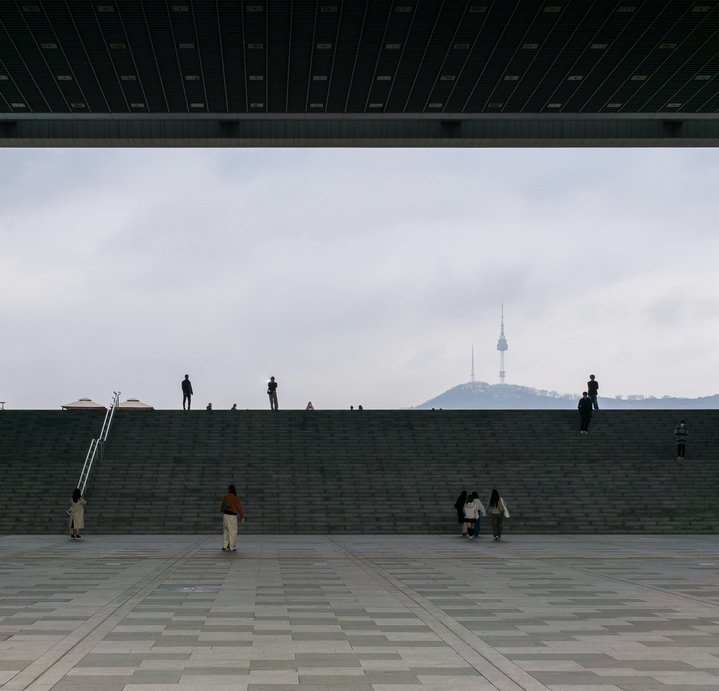Day seventeen
The day started with a long metro ride across the city to the Marco Polo Bridge, the place where the Sino-Japanese war started. For the first time on this trip, I regretted not having any cash.
For some inexplicable reason, they accepted only WeChat pay and cash at this tourist site, and all I had was a credit card and Alipay. The woman behind the counter tried to come up with a few solutions, but all failed, and I didn’t want to bother her any further (it’s not that spectacular of an attraction), so I turned around and headed to “Wan Ping Cheng” (Wan Ping Fortress).

Luckily, this fortress was just across the street from the Marco Polo Bridge :P It was a military fortress erected around 1638. It’s a nice fortress, and you can still see the damage from Japanese shells from World War Two.

The gates reveal a nice, quiet street with many houses and shops. Some people are lounging about, and some are sweeping the streets. It’s a far cry from the hustle and bustle of Beijing.



A long stream of schoolchildren came my way; most were excited to see a foreigner. After a nice coffee, I followed the stream of children to the source, the (and this is a mouth full) “Museum of the War of Chinese People’s Resistance Against Japanese Aggression.”

The museum is big at 30.000 square meters and divided into four halls. The first chronicles the war, the second focuses on Japanese atrocities during the war, the third hall describes the strategic use of guerrilla warfare employed by the Communist Party, and the fourth hall is dedicated to the martyrs.

The halls are filled with life-sized dioramas showing various scenes that happened during the war, a solemn affair.
From the museum, I walked along the street, back to the metro station, and took a train to the “Drum Tower and Bell Tower.” I had missed both during previous visits, and it was a toss-up between revisiting the Summer Palace and these two towers. (In hindsight, I’d have chosen the Summer Palace).
I took a metro exit that took me through Hutongs, which are narrow lanes sided with shops and houses. This used to be a way to experience ordinary life in Beijing, but it has become quite popular over the past few years and was super busy. There was excellent food, though, and it was way past lunchtime, so I ducked into a food court for some.


The main Hutong that is in all the tourist guides is super busy, but the trick is to duck into a side alley and walk parallel to get a more authentic experience with the local elderly hanging about and school children coming back from class.
Instead of taking a straight path to the towers, I took a detour past a nearby lake, which was also incredibly busy, it was fun to see so many people out and about, visiting the Beijing sites.

The drum tower is near a busy crossing, and you must time your shot with the traffic lights to get a decent photo.

Between the Drum Tower and the Bell Tower, there’s a square with people exercising and playing various games, such as soccer. It’s like those peeks into the lives of those who live near these famous attractions; to them, it’s just a square near their house to enjoy the outside.

You could pay a fee to see both towers from the inside, but I didn’t feel like doing so. The views wouldn’t be that nice, and I’ve seen my share of Chinese architecture throughout these trips.


I had some time to spare, and nearby was the “Beijing Temple of Confucius.”


And, yes, I know that directly contradicts the paragraph above, but it was the last day, and I wanted to see just one more thing.



It’s a Buddhist temple from 1302, and it was nice to just sit down and enjoy some people-watching.




When the temple was closing, I opted to walk the 5 kilometers to a metro station on the line my hotel was on instead of taking the nearby metro and transferring a couple of times. It was nice and warm, so why not enjoy a walk?


On the way, I came across a Chinese pancake stall, so I had to get my last one of the trip; they were so good.


I finished with a beef noodle soup and a view of a group of locals performing their exercise of the day.

The next day, I took the metro to the airport and had a direct flight back to Amsterdam, which signals the end of the trip.












